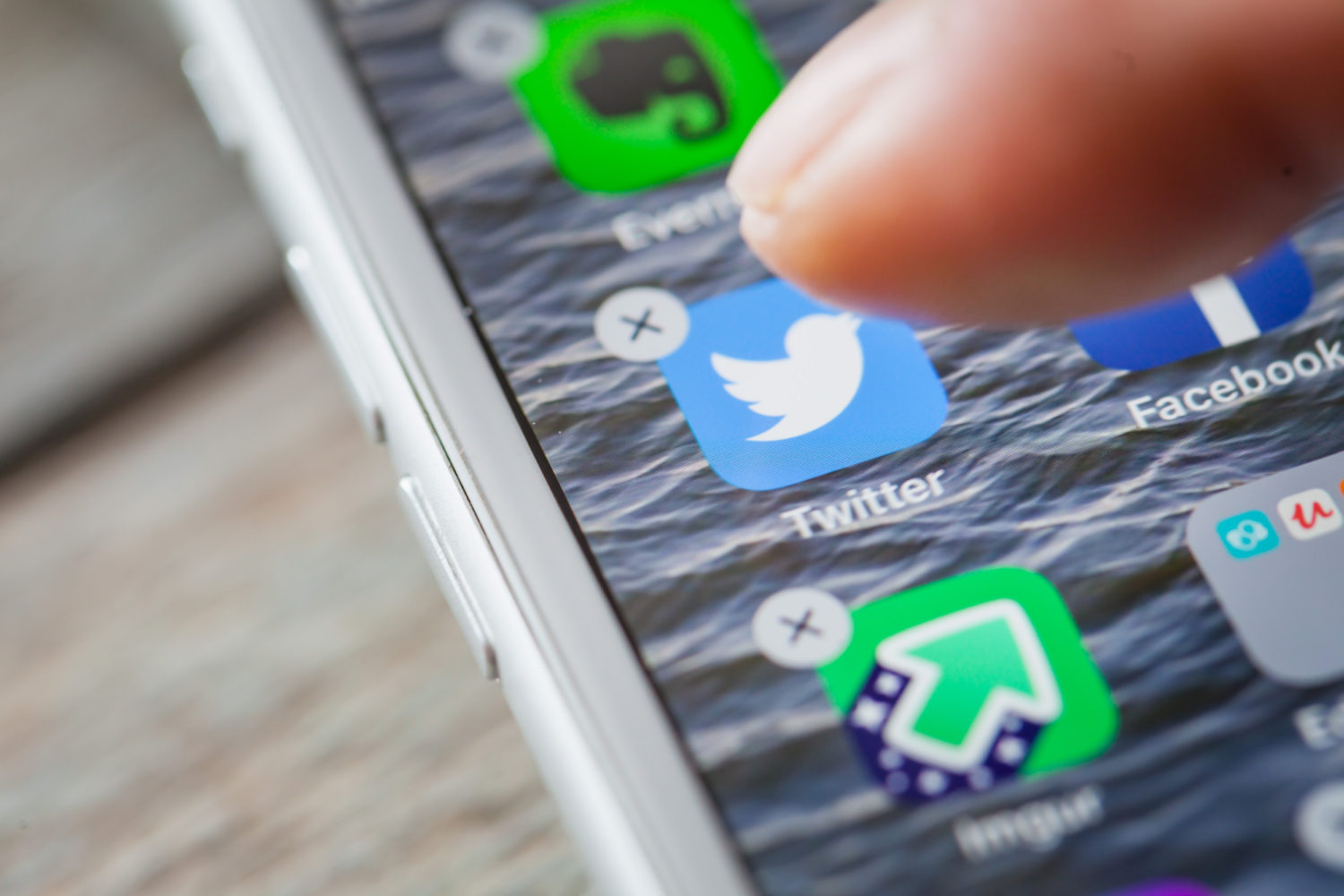This column originally appeared in The Cohort, Poynter’s newsletter that centers conversations about gender in media. Subscribe here to join the community.
Early in my career, it was my job to convince journalists to join Twitter. I argued that being on the platform would strengthen their reporting, help them connect with their audiences, and give them a way to promote their work.
I’ve never believed social media platforms are neutral — we’ve seen enough over the past decade to know how human biases can be baked into the infrastructure of our digital lives — but I tend to be more optimistic than pessimistic about social media’s role in journalism and media.
But between Dean Baquet’s leaked New York Times memo and Elon Musk’s stutter-step pursuit to buy the platform, I’ve been seriously — and frequently — reconsidering my relationship with Twitter.
It is the only platform I have heard multiple friends and colleagues express anxiety over. They will lurk, fave an occasional post, or retweet something they support — but when faced with the threat of 280 empty characters of their own to fill, they clam up. What if they say the wrong thing? What if it’s interpreted wrong? What if they accidentally go viral?
Arguments about access and community — especially for those who come from underrepresented backgrounds in media — are often trotted out in Twitter’s favor, but what about the ways it can exert disproportionate harm on those we say benefit from it?
Those who are pro-Twitter tout its history as a tool for social justice organizing, where movements like Black Lives Matter and #MeToo gained momentum. In media, Twitter is where labor unions have raised awareness of their efforts and applied pressure on their employers to come to the table to negotiate contracts.
It’s the first place I go when news breaks, when tragedy strikes, and when I get those texts without context from my best friends saying “oh my god can you believe it??” I’ve met some of my best friends on Twitter, I developed my relationship with my husband via Twitter DMs, and I built my career on Twitter.
I’ve also seen what being Extremely On Twitter has done to my brain. It mostly hasn’t been good. I’ve stewed all weekend with a racing pulse over someone being Wrong On the Internet. I’ve been ungenerous and sarcastic toward people in ways I wouldn’t be in real life. I’ve been impulsive. I’ve been mean.
I’ve also seen how these tendencies in myself have magnified across the internet.
Harassment has become a more salient fear in the last decade as coordinated digital attacks on journalists have grown. It’s so easy for a hastily dashed-off tweet to travel far beyond the context the sender might have intended and to reach an audience that will likely not interpret the message in good faith or within its intended context.
It’s even easier for bad-faith actors to target people who work on issues of race, identity and politics. A friend of mine says they avoid tweeting about anything controversial — or even remotely personal — because, in addition to the threat of harassment, their immigrant status means their digital output is surveilled and can be brought up as evidence against a potential future visa.
Compounding the issue is many publications’ increasing but still spotty and not-quite-robust-enough digital security strategies that seem to take some types of attacks more seriously than others. A glance through Washington Post reporters Felicia Sonmez and Taylor Lorenz’s Twitter mentions, for example, reveals an apparently endless stream of bad faith, sexist attacks.
Twitter is not and has never been one thing, but 10 years ago, one of the things it was a place for internetty journalists to meet up and talk about the internet with each other (remember #WJChat?). Today, that space is harder to find, in part because digital journalism is no longer a niche specialty but a central part of being a modern journalist.
Still, I feel like something else has been lost in that evolution. Tweets can go viral in an instant, intended or not (like, does it really matter what a random dude thinks about whether you read books at bars?). Many journalists — especially those of intersecting marginalized identities — dread that virality because their mentions flood with strangers who don’t know them but who have strong opinions about what they’ve said.
I joke with my friends that we’re all only on Twitter until we reach a level of success where we don’t need to be on it anymore. Some of the journalists I admire the most — who made their careers being Very Online — aren’t tweeting so much anymore, and I’m jealous that they seem to have let go of the need to shout their every stupid thought into the void for a handful of likes from colleagues, strangers and acquaintances.
In a very unscientific poll, I found that at least most of the people who voted said they would still be on the platform if they didn’t need it for work. A lot of journalists reached out privately to say that they would, but in a much more limited capacity, or through alt accounts that curated their follow list only to a couple dozen people they actually knew in real life. Some non-media folks also reached out to say that Twitter is a valuable non-professional resource for staying in the loop with certain communities that either don’t exist or aren’t accessible in their everyday lives.
The specificity of the small groups and communities reminded me of the small groups made possible by new features on Twitter and other social platforms: Instagram’s Close Friends circle, BeReal (where I have exactly nine friends and have no desire to #growthhack my audience), and Twitter Circles, which are part alt-Twitter account, part Facebook Group.
I wonder if what we crave is actually a smaller internet, a place where we can once again be assured that we will be received within a context we can control. To its credit, Twitter has introduced features like Safety Mode to help journalists lock down their accounts when their mentions start to get out of control. Solutions like this treat the symptoms once the illness has already taken hold, though, and I don’t know if any features can actually take Twitter back to what it was before the bots, the Nazis, and every other sundry horror we’ve seen play out in the last decade.
Twitter is not the platform it was 10 years ago, and it’s naive to pretend it can return to what it was. I’d like to believe that we’re on the verge of the next platform shift, and that the next place we’ll go will be deliberately built out of everything we’ve learned. But for the time being, Twitter is still where we gather when the news breaks, when it’s time to celebrate, and when we have nowhere better to be.







